The Hidden Jewel of the Ionian Islands
Contribution by Artemis Burger
Zakynthos, also known as Zante, is a Greek island in the Ionian Sea, west of the Peloponnese, mainland Greece.
It’s one of the largest islands, along with Corfu, Kefalonia and Lefkada, as well as several smaller islets. Each of
these islands and islets has its own unique cultural charm, making the entire Ionian archipelago a popular
destination for tourists interested in exploring Greece’s natural beauty and cultural heritage. The Ionian islands
offer a diverse range of landscapes, from pristine beaches and crystal clear waters to historic towns and
archaeological sites, making them a captivating destination for the discerned traveller. One iconic Ionian island
is Skorpios, a stone’s throw away from Lefkada, famously associated with Aristotle Onassis and Jackie
Kennedy.
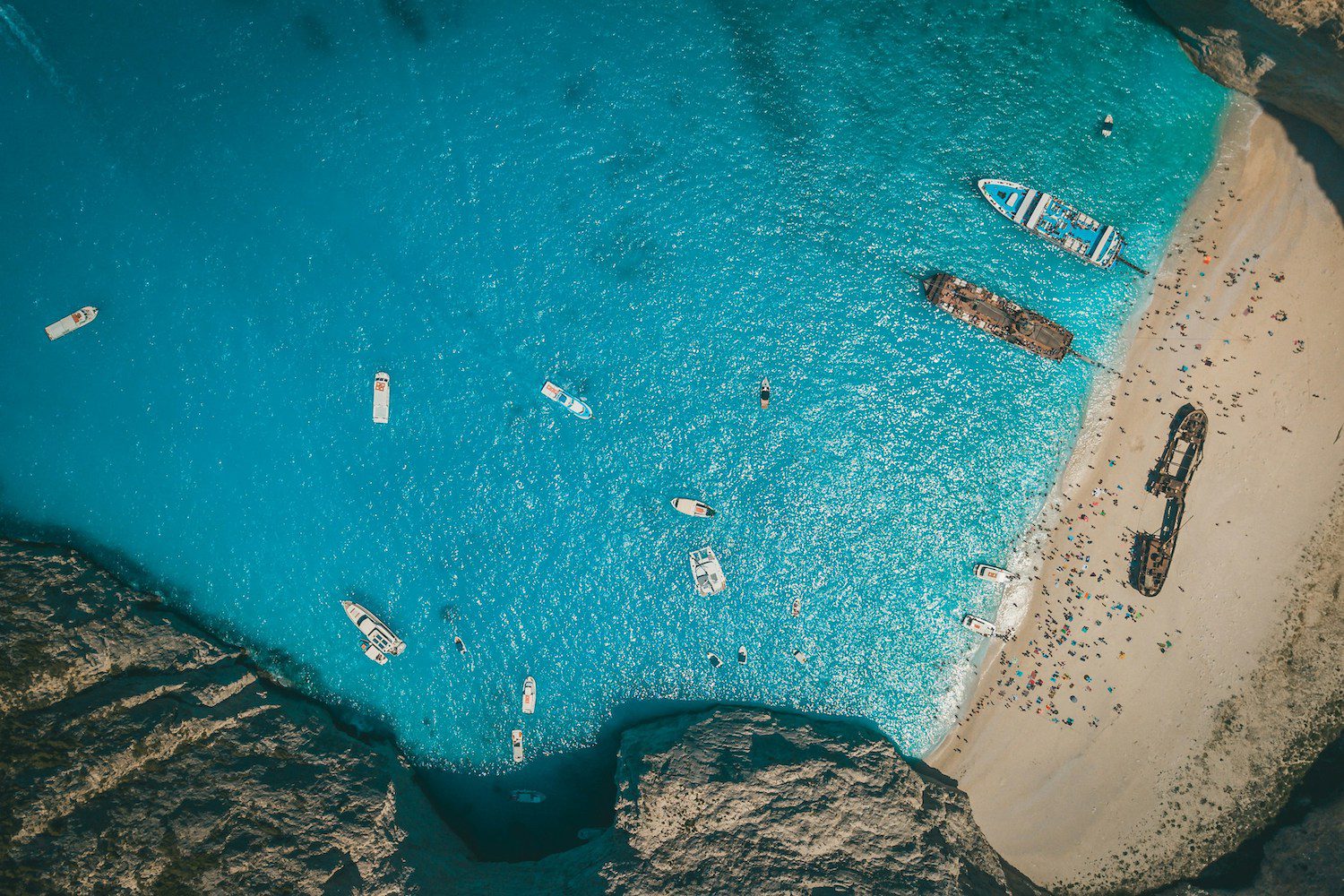
Zakynthos has a unique and varied history, dating back to the Neolithic period and strongly influenced by the
Mycenaean civilization. Later, in the Archaic period, the poet Homer refers to Zakynthos in the Illiad and the
Odyssey, one of the references being that its first inhabitants were descendants of the son of King Dardanos of
Arcadia. It was subsequently invaded, conquered and annexed by the Romans, the Byzantines, the Normans,
the Venetians and later, with very brief periods of occupation, by the French under Napoleon and the British,
until it was finally returned to Greece in 1864. Since then, the island has attracted poets and writers such as
Edgar Allan Poe with his Sonnet – To Zante (1837), Oscar Wilde – Impression du Voyage and Dionysios Solomos,
a Zakynthian poet who wrote the Greek national anthem, the Hymn to Liberty, in 1823. Solomos is considered
a national treasure of the island and of Greece, with the main square of Zakynthos town bearing his name.
There is also a museum dedicated to him.
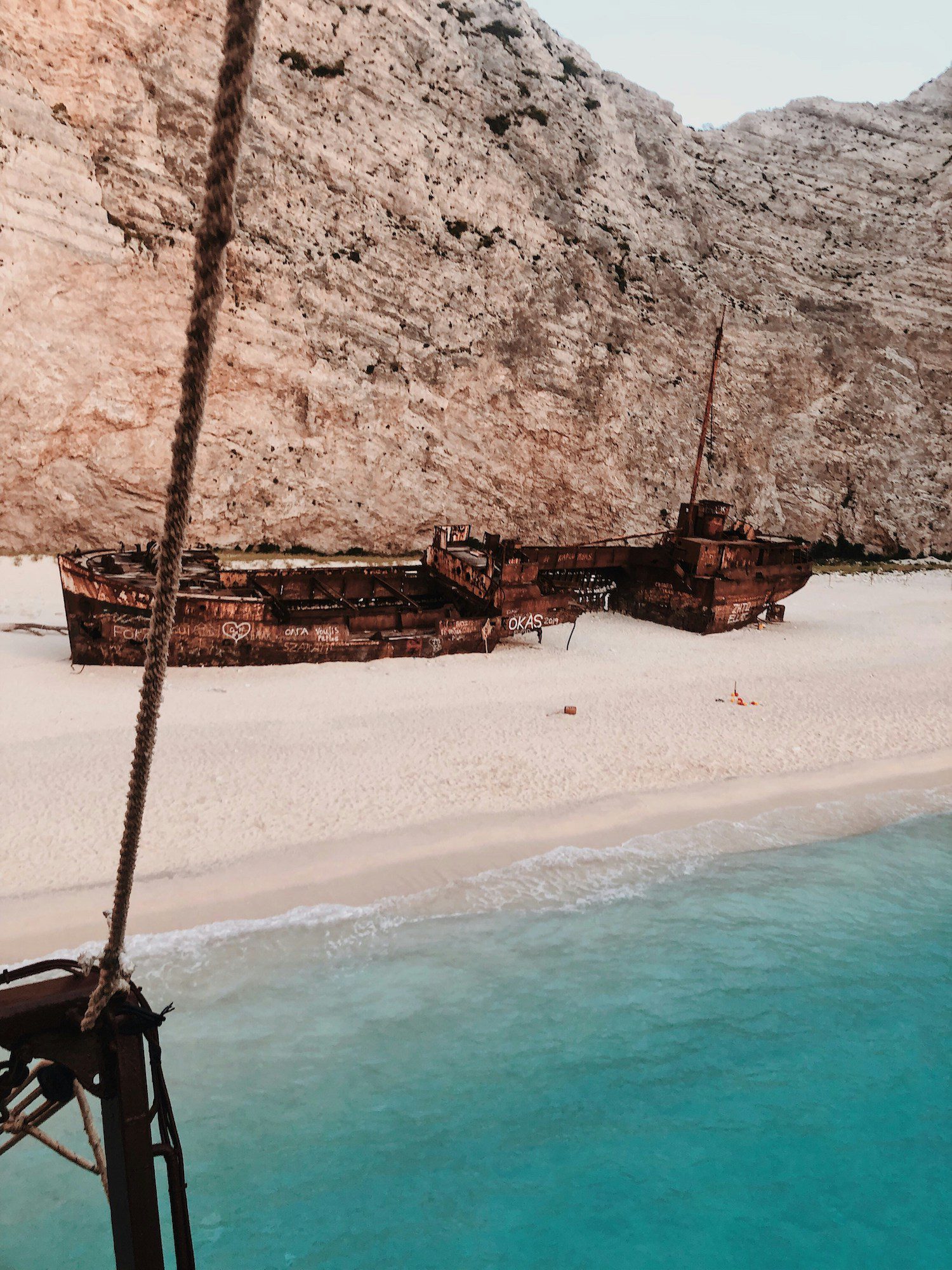
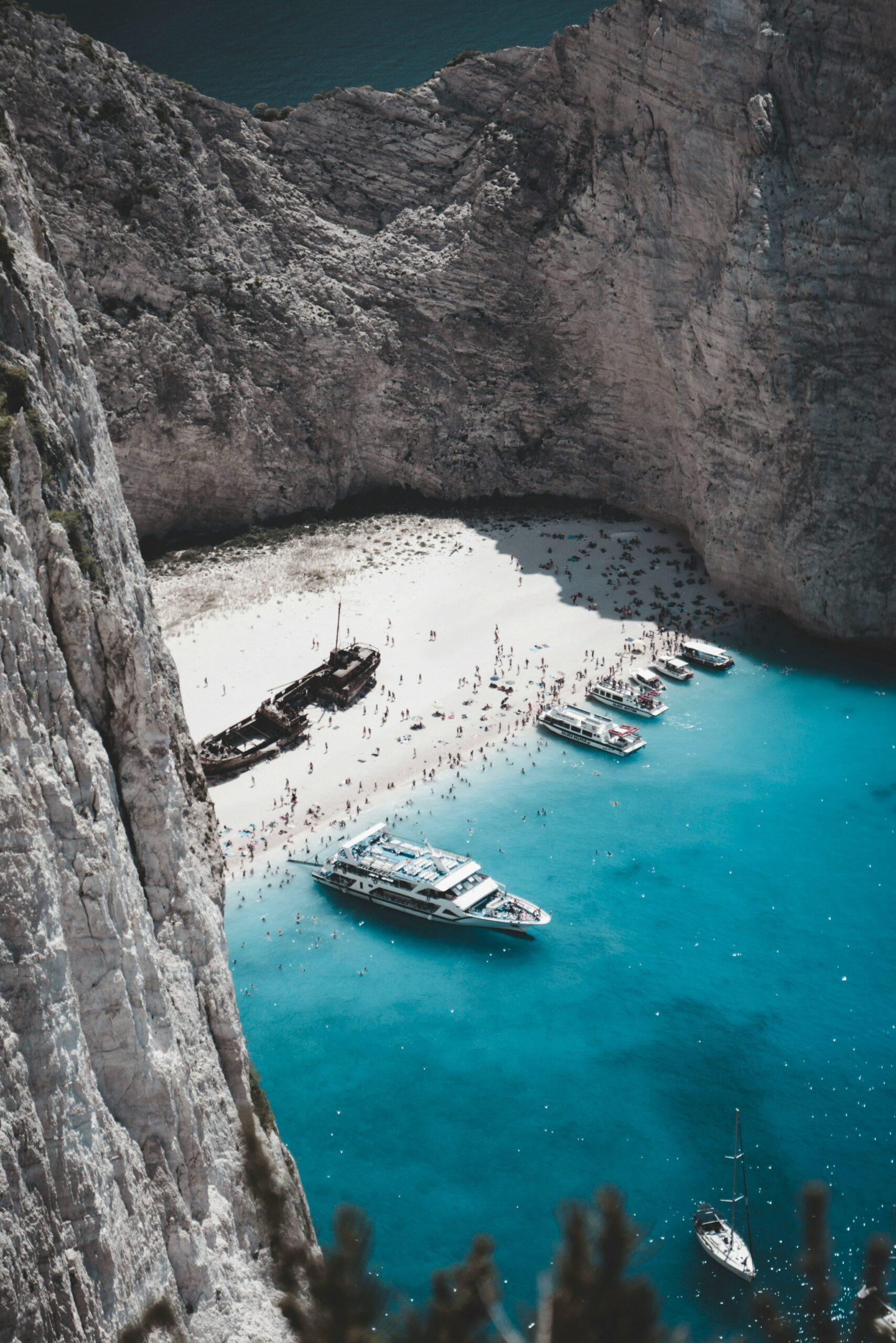
Zakynthian Winemaking History
Zakynthian viticulture has a long tradition of producing quality wines that dates back to ancient times.
Zakynthos has a predictable Mediterranean climate, fertile soil, cool sea breezes and a mountainous region to
the west that generates a cooling mesoclimate. The most commonly grown grape varieties are almost all
autochthonous: Agiomavritiko, Areti, Asprouda, Avgoustiatis, Goustolidi, Kakotrygis, Katsakoulias, Korinthiaki,
Pavlos (Malvasia Bianca Lunga) and last but not least Skiadopoulo.
During the Venetian rule, from the late Middle Ages to the end of the 18th century, many changes took place
in the island’s viticulture and winemaking practices, with the introduction of grape varieties, terracing and the
consequent improvement in the quality of the wines due to more advanced winemaking techniques such as
better fermentation practices and ageing methods. One notable wine bequeathed by the Venetians, which is
being proudly and steadfastly revived due to its historical significance as an integral part of Zakynthos’ cultural
heritage, is Verdea.
Verdea comes from the Italian word ‘green’, which refers to the colour of unripe grapes, harvested early to
preserve their acidity. It is classified under the appellation Verdea, Traditional Designation of Zakynthos 1992.
The regulations mean that it is a white wine produced only in Zakynthos, but can be bottled elsewhere, but
under certain conditions, such as varietal composition, yields per 0.1 hectares, etc. Therefore, if all the
requirements are met, it can be classified as a PGI District Wines of Greece.
Zakynthos was once coined ‘Fioro di Levante’ (Flower of the Levant) by the Venetians, perhaps due to the fact
that there are 7000 species of flora and fauna on the island!
In recent years, the island’s wine industry has experienced a renaissance, producing award-winning wines and
slowly gaining momentum in the global wine world.
Today, visitors to Zakynthos can enjoy wine tastings and tours of local wineries to learn more about the
island’s rich winemaking history.
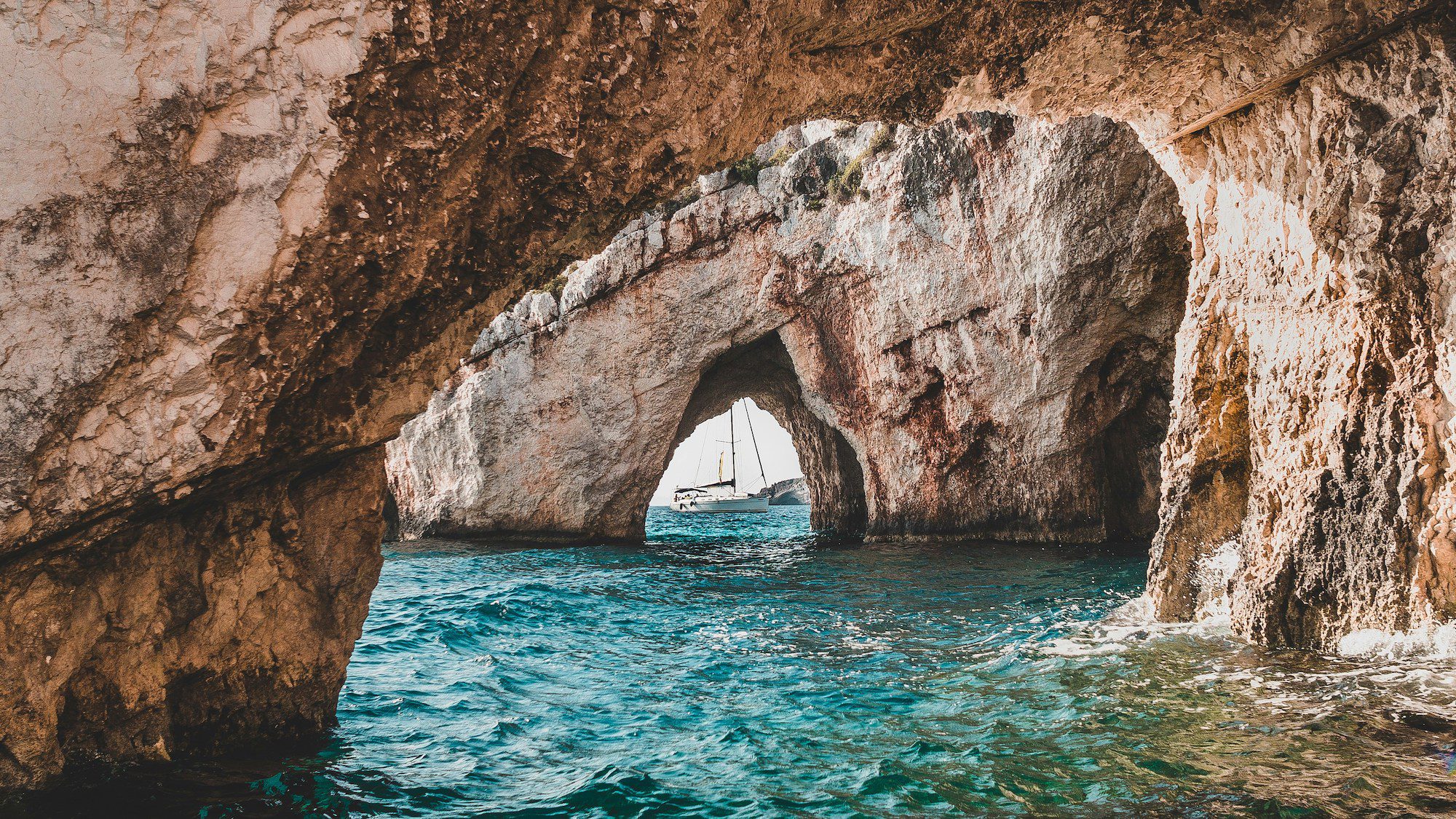
The Top Three Most Interesting and Truly Exceptional Wineries to Visit on Zakynthos aka Zante.
An eclectic mix of wineries in Zante, each offers the discerning, curious wine traveller the best all-round wine experience.
Immerse yourself in a Greek world of art, wine and nature.
Goumas Estate (Ktima Gouma)
The Giatras-Goumas winery is nestled in the picturesque landscape of olive groves and citrus trees of
Trilagkada, near the village of Maries, in the northeastern part of the island. Here, in this artisan and eclectic
winery, Giannis and his wife continue the historic Heptanesian tradition of winemaking. As well as being a
talented winemaker, Giannis is also a highly accomplished iconographer. His intricately painted icons echo the
ecological ethos of the Greek Orthodox tradition, which regards nature as sacred – the link between creation, a
nod to the winery’s name – Art and Wine – and God’s divine word or Logos. The winery was rebuilt after the
devastating earthquake of 1953, and in 1987 Giannis cultivated additional vineyards around the existing vines
planted by his ancestors. In 2015, with the support of his wife Despoina and daughter Eviana, Giannis
completed the renovation of the winery, art studio and gardens.

Goumas white wines range from a delightful, fruity wine called Skiron, which is Ancient Greek for the north-
westerly winds that literally encourage the development of the Vostilidi grape variety in Maries. This wine
pairs excellently with Zakynthian mezes such as tzatziki, melitzanosalata, dolmadakia and the traditional
cheeses – Feta and Kefalotyri. Other white wines include Maistros, made from Vostiliidi, which is aged on the
lees to enhance its complexity, aromas and texture. Then there is a sweet white wine, also made with Vostilidi
from sun-dried grapes, or in Greek Liasta (vin liastos), where the grapes are sun-dried after harvest to partially
dehydrate them. This wine is pervaded by perfumed notes of peach blossom, wild spearmint, and prune, with
nuances of quince compot and wild thyme honey. This wine is perfect with melon, figs and Kefalotyri cheese.
The red wines of Goumas are made from the indigenous Heptanesian variety Avgoustiatis, the name derives
from the Greek for August, suggesting that this grape was usually ripe and harvested in August. Avgoustiatis
wines are known for their elegance, deep colour and rich, fruity flavours reminiscent of red berries, plums and
spices. It is often used in blends to add depth and complexity to Greek wines. Like many other Greek grape
varieties, Avgoustiatis has gained some recognition and popularity in recent years as Greek wines have
garnered international acclaim.
Their diverse range of Avgoustiatis is presented in a dry red called Graigos, a sun-dried red – Sirokos and an
alluring, fruity dry rosé called Zefyros.
Grampsas Winery
The Grampsas Winery is located in the undulating tranquil village of Lagopodo, at the foot of mount
Vrachionas.
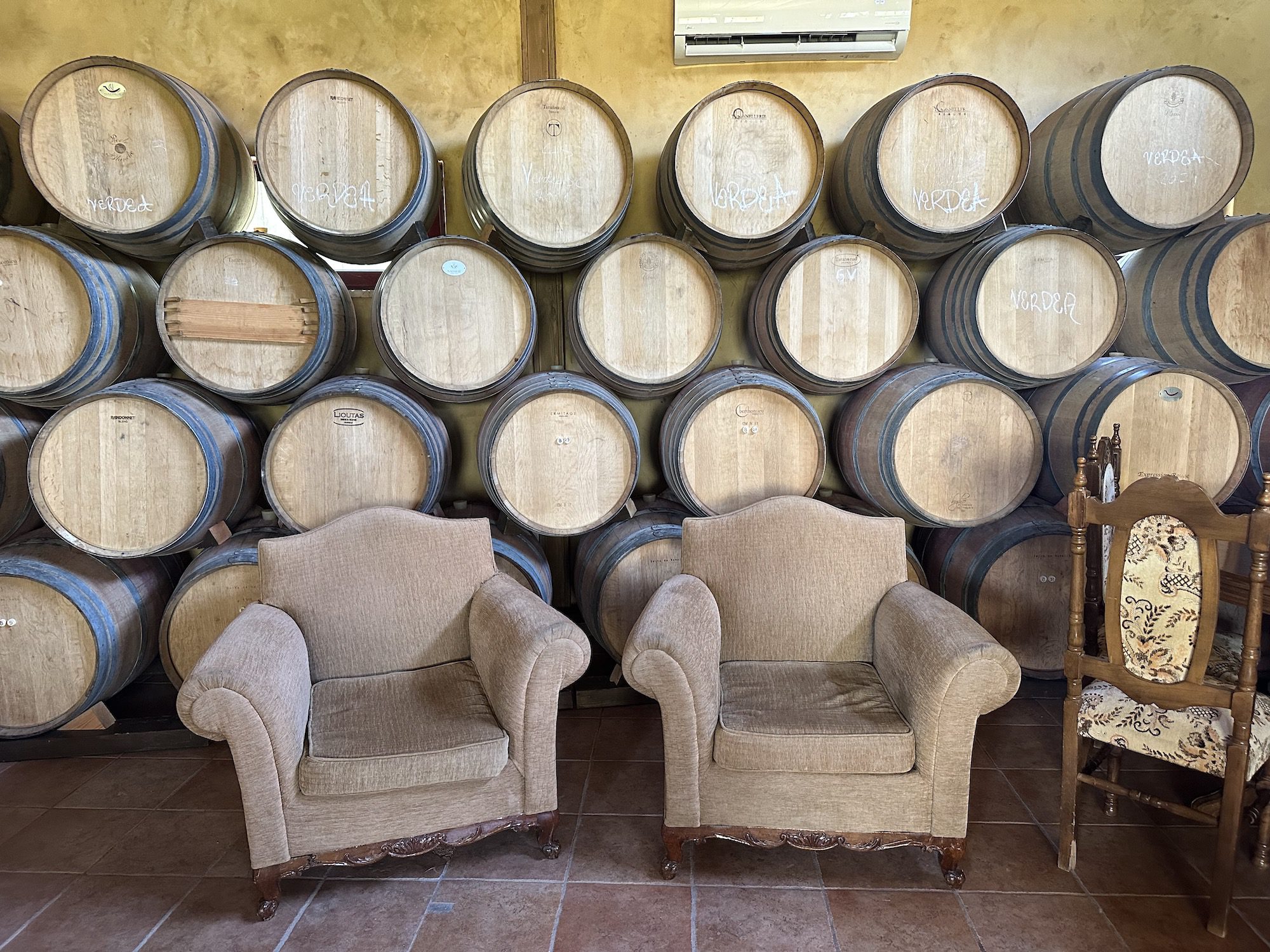
In 2011 the two brothers, Christos and Tassos, created a modern winery on the Estate in which they grew up.
Their aim was to unearth the unexplored richness of autochthonous varieties such as Goustolidi and
Avgoustiatis on their more than 10 hectares and to continue their grandfather’s legacy. They also believe that
Zakynthos has great viticultural potential and are striving to restore an ancient wine heritage to its rightful
place on the Greek wine map. Respect for tradition and keeping abreast of developments in viticulture are
combined with the know-how of past generations, indigenous varieties and the Zakynthian terroir. The estate
wines are all expertly paired in the traditional restaurant on site. Chef Stavros Yfandis, a Le Cordon Bleu
London graduate who has worked with the best, has brought a breath of fresh air to the winery’s restaurant.
At Grampsas Estate Restaurant, all ingredients are locally sourced in a stylish setting reminiscent of a
traditional Greek taverna with a convivial ambience.
At over 40 degrees Celsius in the scorching midday sun, the Verdea 2022 brought an unexpected gust of fresh
air to my senses. This was the Verdea blend of traditional grapes, Skiadopoulo, Pavlos, Goustolidi and white
Robola, with a citrus element enhanced by floral jasmine notes, fruit-driven peach, pear, bergamot with a
touch of vanilla and a crisp acidity. It is matured for 4 months sur lie; with periodic stirring and aged for 4-6
months in French oak barrels. They also produce a Verdea Traditionelle, which is a little more complex, using
exactly the same grape blend as the standard Verdea, but with up to 18 months of barrel and bottle ageing
before release. The fragrance is a reflection of the longer ageing and slightly higher alcohol content. It was a
fragrance that conjured up a revival of the Renaissance-style wine that was probably produced on the island at
the time by the Venetians. A shimmering orange hue, distinct scents of orange peel, cypress, koumkuat,
honeysuckle, ginger and warm baked brioche notes, complex and persistent.
Solomos Estate Winery
The Solomos Distillery, founded in the early 1900’s, was revived in the 1980’s by Anastasios and Dionyisios
Solomos, who both had the vision of preserving a tradition but developing it in a way that was in harmony with
the land and the Zakynthian culture. Today, the winery is run by Anastasios and Dionysios children,
Konstantina Solomou, oenologist, together with her brother John and their cousin, with the aim of continuing
the vision of their family. The vineyards are located at the foot of the famous Venetian fortress known as
Bochali Castle. The ancient stone-built Venetian fortress, was one of the most important defensive structures
on the island, flanked by ancient cannons with an impressive walled archway with a large engraved stone coat
of arms depicting the Lion of St Mark, the golden lion that symbolised the city of Venice and the former La
Serenissima Republic.
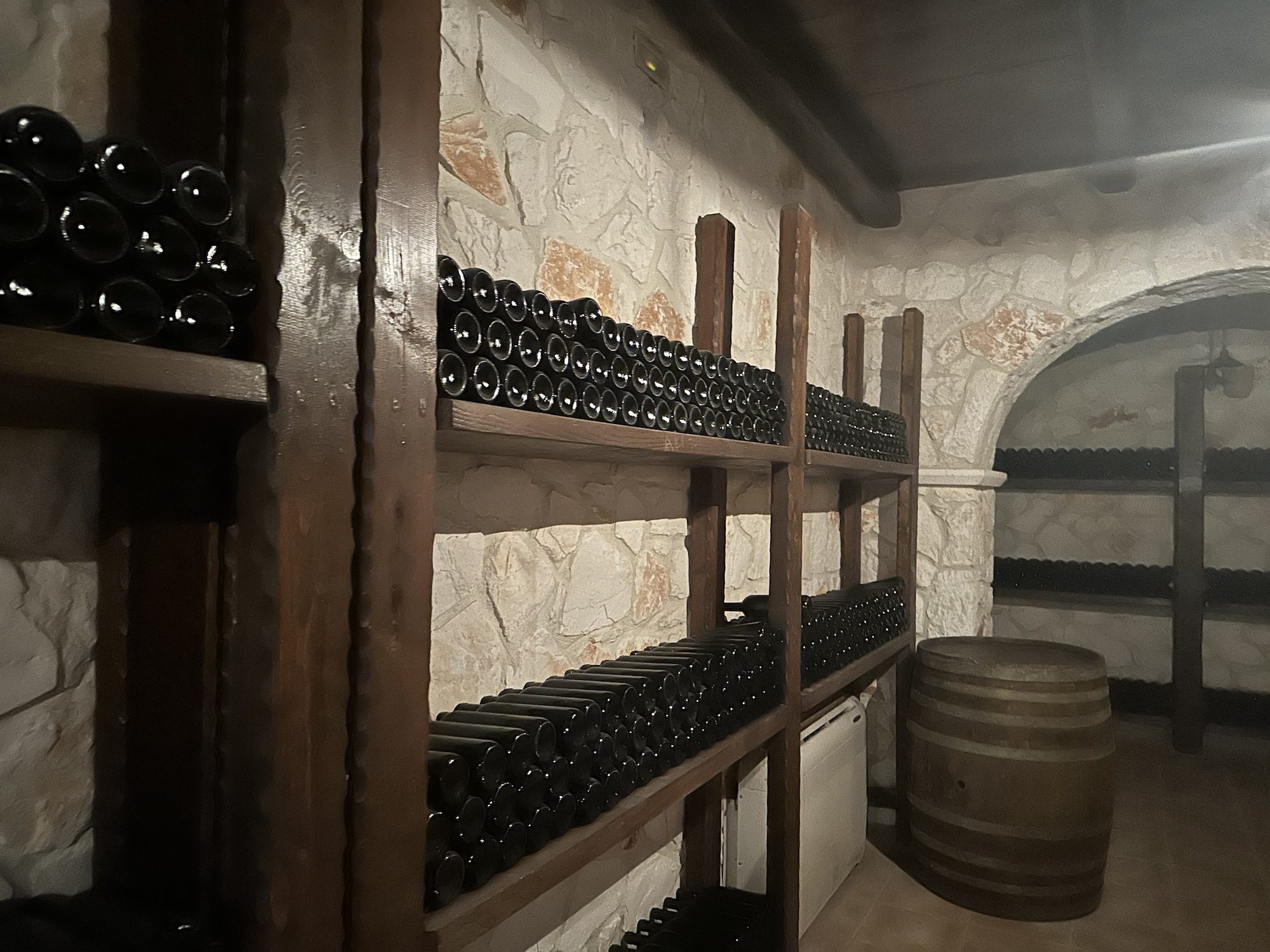
The Solomos vineyards, which sprawl out below the Bochali castle, are lush and well-tended with indigenous
varieties cultivated, mainly Augoustiatis, Goustolidi and Pavlos, Skiadopoulos, White Robola, Muscat, Violento
and Robola. The neo-classical estate is welcoming and traditional with all the modern comforts of a
contemporary winery, with a superbly climate-controlled well-vaulted cellar storing new and old French
barriques. Their delightful range of 17 varieties is impressive and skilfully produced, reflecting the Zakynthian
terroir. Their Verdea PGI Zakynthos 2022, which won a bronze medal at the Thessaloniki International Wine &
Spirits Competition, resonates with notes of luscious green fruit, pears, apples, greengage and plums, with a
surprisingly refreshing acidity and filigree structure. It is a harmonious trinity of Skiadopoulos, Pavlos and
Goustolidi.
Their signature rosé, Manifesto, is a medium sweet wine, vintage 2022, a blend of white Muscat, Pavlos and
Cabernet Sauvignon, with delicate perfumed floral notes reminiscent of acacia blossom, wild red strawberry
and hibiscus nuances, crisp acidity, composed and just off dry with a faint saline persistence on the finish. The
2021 Kampanariõ, the name of the wine paying homage to the magnificent bell tower of the Holy Orthodox
Church of St Dionysios in the town centre of Zante. A harmonious blend of Pavlos and Muscat, the 90-point
James Suckling awarded wine is a rarity, perfectly structured with fragrant floral notes, citrus, thyme and
medicinal-scented wild mountain herbs. The creamy Bourbon vanilla infused creamy texture is infused with
quince and citrus notes, all very well structured and in tune with the well-integrated acidity.
The Goustolidi grape, also known as the Jewel of August and a great direct descendant of the Gouais Blanc,
expresses the true depth of the Zakynthian terroir, no wonder as it's one of the oldest indigenous varieties of
Zante. The aromas and flavours are as genuine as can be, probably due to the low yields: floral with jasmine
and citrus blossoms, with crisp acidity and a medium bodied structure. Ample flair and verve!